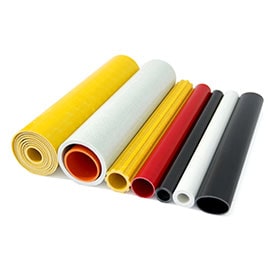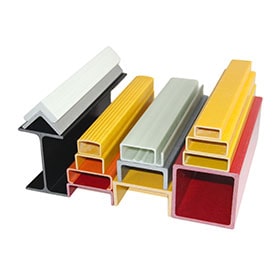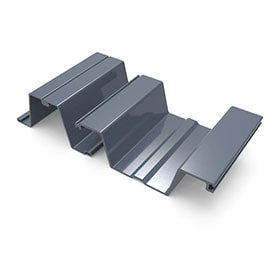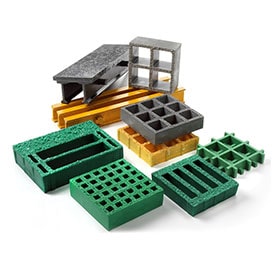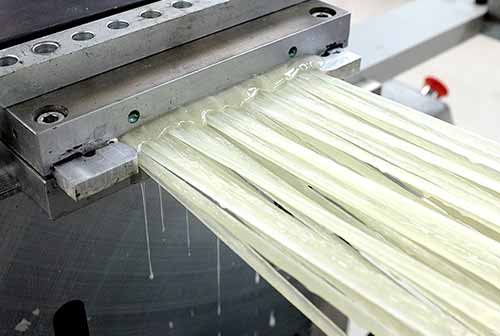
Classification of fiberglass for fiberglass and its advantages and disadvantages
The classification of fiberglass for fiberglass is mainly divided into the following types:
Classification by shape and length: It can be divided into continuous fibers, staple fibers, and glass wool.
Continuous fibers: The length is several hundred meters or even several kilometers, with good flexibility and strength.
Staple fibers: The length is several centimeters to several tens of centimeters, with good strength and toughness.
Glass wool: The length is several millimeters to several centimeters, with good insulation and sound absorption properties.
Classification by glass composition: It can be divided into non-alkali fiberglass, medium-alkali fiberglass, and high-alkali fiberglass.
Non-alkali fiberglass: The sodium oxide content is less than 2%, with good corrosion resistance and alkali resistance.
Medium-alkali fiberglass: The sodium oxide content is 8%-12%, with good strength and toughness.
High-alkali fiberglass: The sodium oxide content is greater than 13%, with good heat resistance and chemical resistance.
Classification by composition, properties, and purpose: It can be divided into E-grade, S-grade, C-grade, D-grade, AR-grade, and ECR-grade.
E-grade fiberglass: It is the most commonly used type of fiberglass, with good strength, toughness, and corrosion resistance. It is mainly used in electrical insulation materials and reinforced composite materials.
S-grade fiberglass: It has extremely high strength and toughness. It is mainly used in military defense, aerospace, and high-strength composite materials.
C-grade fiberglass: It has good corrosion resistance and chemical resistance. It is mainly used in the chemical industry, battery separators, and chemical filters.
D-grade fiberglass: It has good high-temperature resistance and wear resistance. It is mainly used in high-temperature environments and friction areas.
AR-grade fiberglass: It has good corrosion resistance and acid-base resistance. It is mainly used in the chemical industry and electrolytic cells.
ECR-grade fiberglass: It has good corrosion resistance and alkali resistance. It is mainly used in the chemical industry and electrolytic cells.
The advantages and disadvantages of fiberglass for fiberglass are mainly reflected in the following aspects:
Strength: Continuous fibers have the highest strength, followed by staple fibers, and glass wool has the lowest strength.
Toughness: E-grade fiberglass has the highest toughness, followed by S-grade fiberglass, and C-grade and D-grade fiberglass have poor toughness.
Corrosion resistance: Non-alkali fiberglass has the best corrosion resistance, followed by medium-alkali fiberglass, and high-alkali fiberglass has the worst corrosion resistance.
Heat resistance: D-grade fiberglass has the best heat resistance, followed by S-grade fiberglass, and C-grade and E-grade fiberglass have poor heat resistance.
Cost: Glass wool has the lowest cost, followed by staple fibers, and continuous fibers have the highest cost.
The choice of fiberglass for fiberglass should be based on specific application requirements. For example, if you need a material with high strength and toughness, you can choose S-grade fiberglass; if you need a material with corrosion resistance and alkali resistance, you can choose non-alkali fiberglass; if you need a material with high temperature resistance, you can choose D-grade fiberglass.
 +86 15303735673
+86 15303735673 Jessica@frpzs.com
Jessica@frpzs.com
 Technical Data
Technical Data


